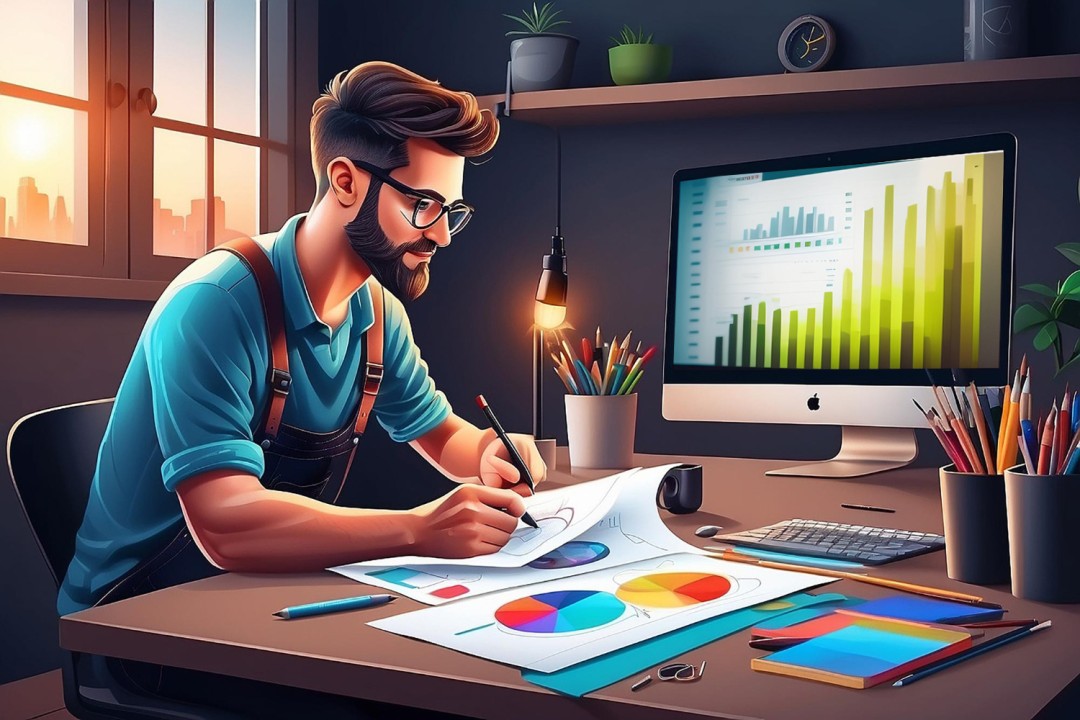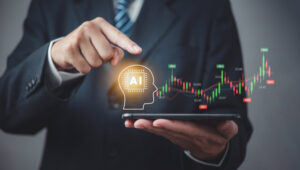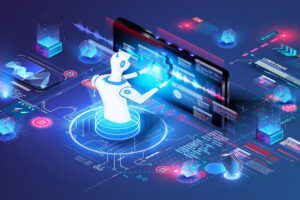In today’s digital age, the demand for visually appealing content is at an all-time high. With the rise of social media and digital marketing, infographics have become a vital tool for communicating complex information in an easily digestible format. Enter AI for infographic design, a game-changer that is transforming how digital creators approach visual storytelling.
Artificial intelligence (AI) is not just a buzzwordit’s a powerful tool that is reshaping various industries, including graphic design. By leveraging AI, designers can create stunning infographics that captivate audiences and convey messages effectively. This article delves into how AI for infographic design is revolutionizing the way we create and consume visual content.

The Rise of AI in Design
AI has made significant strides in recent years, and its integration into design processes is no exception. From automating repetitive tasks to generating creative ideas, AI is enhancing designers’ capabilities. The fusion of AI and design has opened up new possibilities, allowing digital creators to push the boundaries of what’s possible in infographic design.
Streamlining the Design Process
One of the most significant advantages of using AI for infographic design is its ability to streamline the design process. AI algorithms can analyze data, identify patterns, and generate design elements that align with the content’s theme. This automation saves time and allows designers to focus on refining the overall design.
Enhancing Creativity and Innovation
AI is not just about automation; it’s also about enhancing creativity. By analyzing vast amounts of data, AI can suggest unique design elements and layouts that a human designer might not have considered. This collaboration between AI and human creativity leads to innovative and visually appealing infographics.
Key Benefits of AI for Infographic Design
The integration of AI into infographic design offers several benefits that enhance the overall quality and effectiveness of visual content.
1. Data-Driven Design
AI algorithms excel at processing large datasets, making them invaluable for creating data-driven infographics. By analyzing data trends and user behavior, AI can suggest the most relevant information to include, ensuring that the infographic is both informative and engaging.
2. Personalized Content
Personalization is a key trend in digital marketing, and AI enables designers to create infographics tailored to specific audiences. By analyzing user preferences and demographics, AI can suggest design elements and content that resonate with the target audience, increasing engagement and impact.
3. Real-Time Collaboration
AI-powered design tools facilitate real-time collaboration among team members, allowing designers to work together seamlessly. This collaborative approach ensures that the final infographic is polished and cohesive, incorporating diverse perspectives and ideas.
Challenges and Considerations
While the benefits of AI for infographic design are undeniable, there are also challenges and considerations to keep in mind. Understanding these challenges is crucial for maximizing the potential of AI in design.
1. Maintaining Human Touch
One of the primary concerns with AI-generated designs is the potential loss of the human touch. While AI can generate aesthetically pleasing designs, it’s essential to ensure that the final product retains a human element, making it relatable and emotionally resonant with the audience.
2. Ethical Considerations
As with any technology, ethical considerations are paramount. Designers must ensure that AI-generated content is accurate, fair, and respectful of user privacy. Transparency in AI processes is also crucial for building trust with audiences.
Future Prospects of AI in Infographic Design
As AI technology continues to evolve, its role in infographic design is expected to expand. Future developments may include more sophisticated AI algorithms capable of generating even more complex and visually striking designs.
1. Integration with Augmented Reality
One exciting prospect is the integration of AI with augmented reality (AR) to create interactive infographics. By combining AI’s data analysis capabilities with AR’s immersive experiences, designers can create infographics that engage users in entirely new ways.
2. Predictive Design
AI’s predictive capabilities could also play a significant role in infographic design. By analyzing user interactions and preferences, AI could predict the types of infographics that will resonate with specific audiences, allowing designers to create content that is more likely to succeed.
Conclusion
In conclusion, AI for infographic design is revolutionizing the way digital creators approach visual storytelling. By streamlining processes, enhancing creativity, and offering data-driven insights, AI is empowering designers to create infographics that captivate and inform audiences. As technology continues to advance, the possibilities for AI in design are limitless, promising exciting developments in the years to come.

FAQs
1. What is AI for infographic design?
AI for infographic design refers to the use of artificial intelligence algorithms and tools to enhance the process of creating infographics. This includes automating tasks, analyzing data, and suggesting design elements to improve the overall quality and effectiveness of the infographic.
2. How does AI enhance creativity in design?
AI enhances creativity by analyzing vast amounts of data and suggesting unique design elements that a human designer might not have considered. This collaboration between AI and human creativity leads to innovative and visually appealing infographics.
3. What are the ethical considerations of using AI in design?
Ethical considerations in AI design include ensuring content accuracy, fairness, and user privacy. Transparency in AI processes is also crucial for building trust with audiences and ensuring that AI-generated content is respectful and responsible.
For more insights on AI and design, check out AI graphic design tools and explore how AI generates design ideas.







